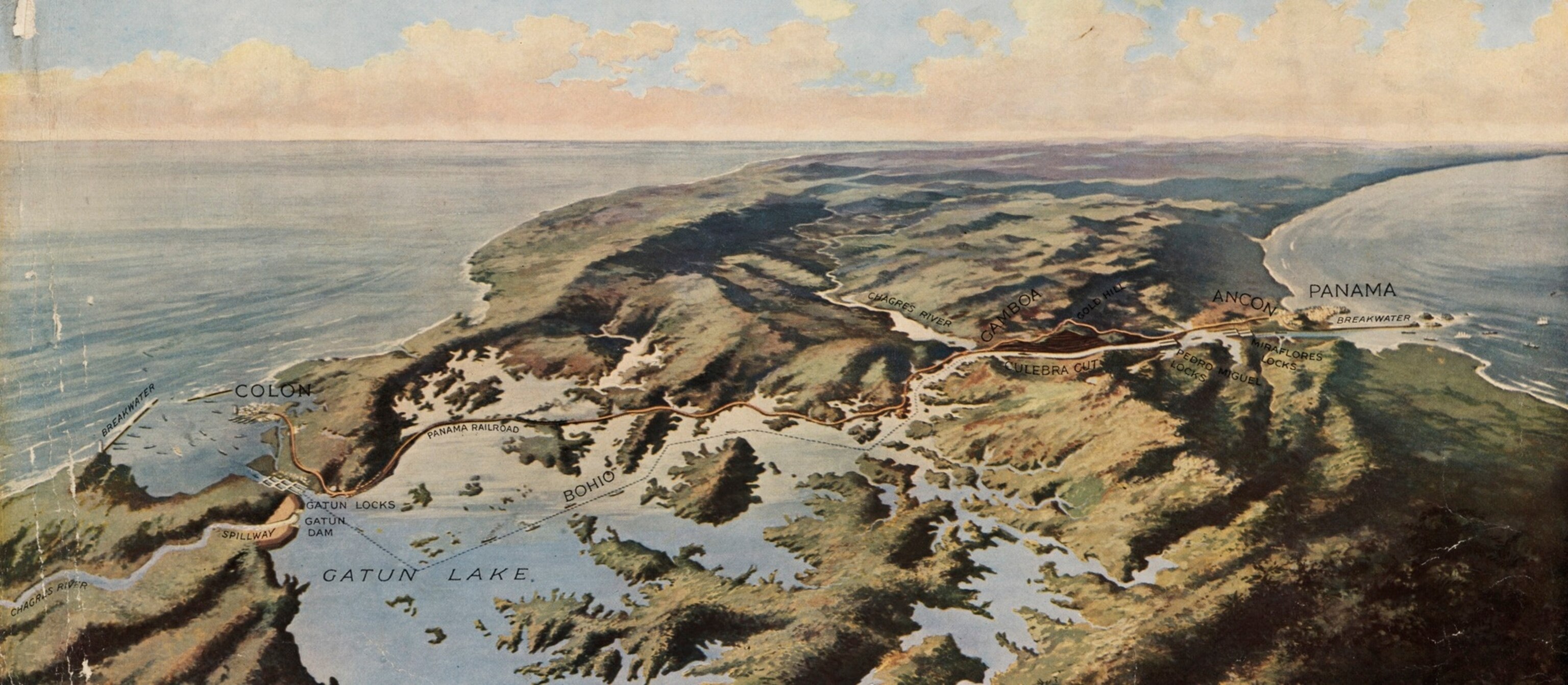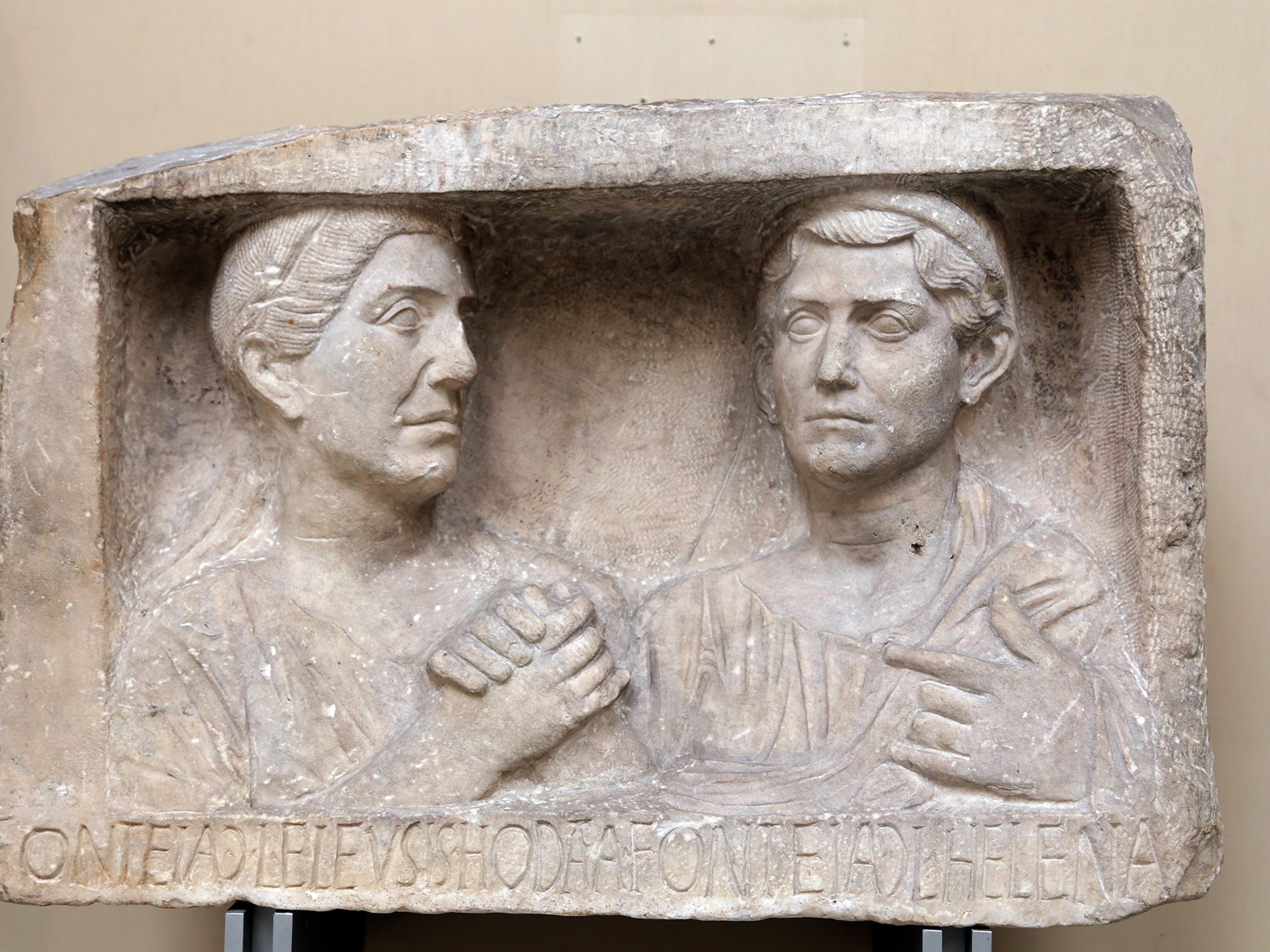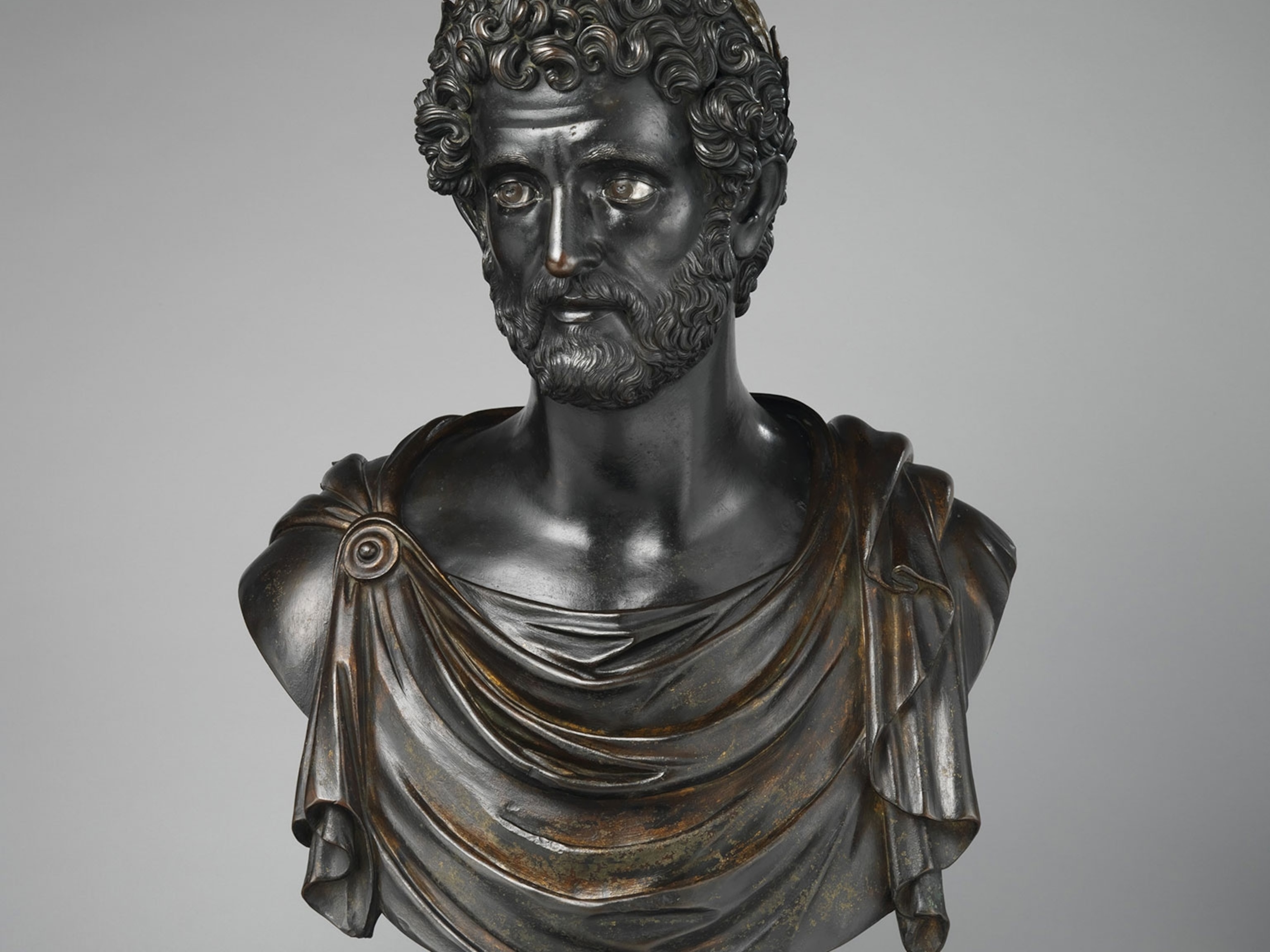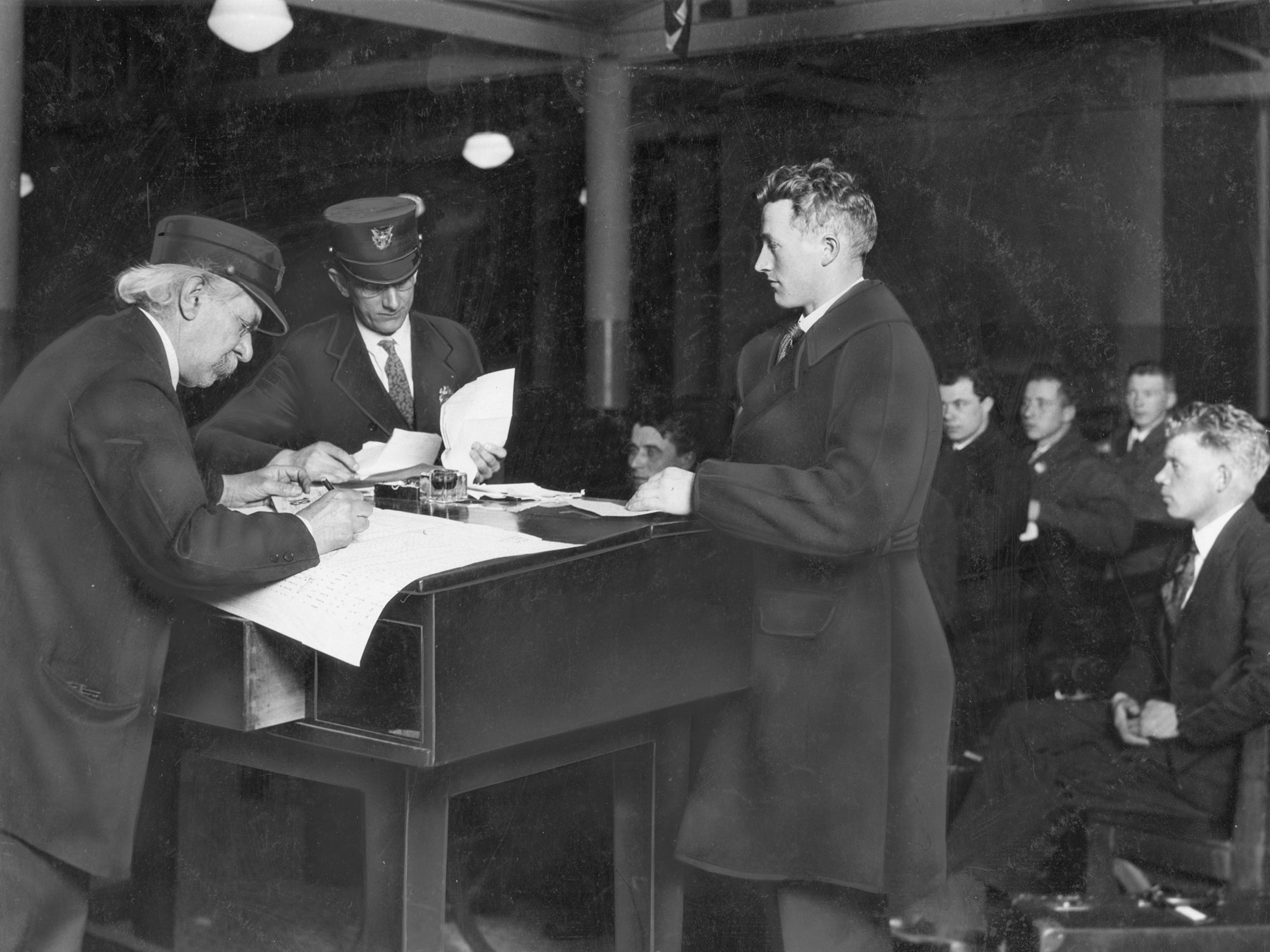If you enjoy Chilean wine in New York or Italian olive oil in California, the odds are high it came through the Panama Canal. The 48-mile long passage at the isthmus between North and South America connects two oceans and saves tankers around 7,000 miles from going around Cape Horn at the bottom of the world. Even for cargo from Baltimore, Maryland, to Seattle, Washington, it’s sometimes cheaper for cargo to pass through Panama than in trains across the the U.S.
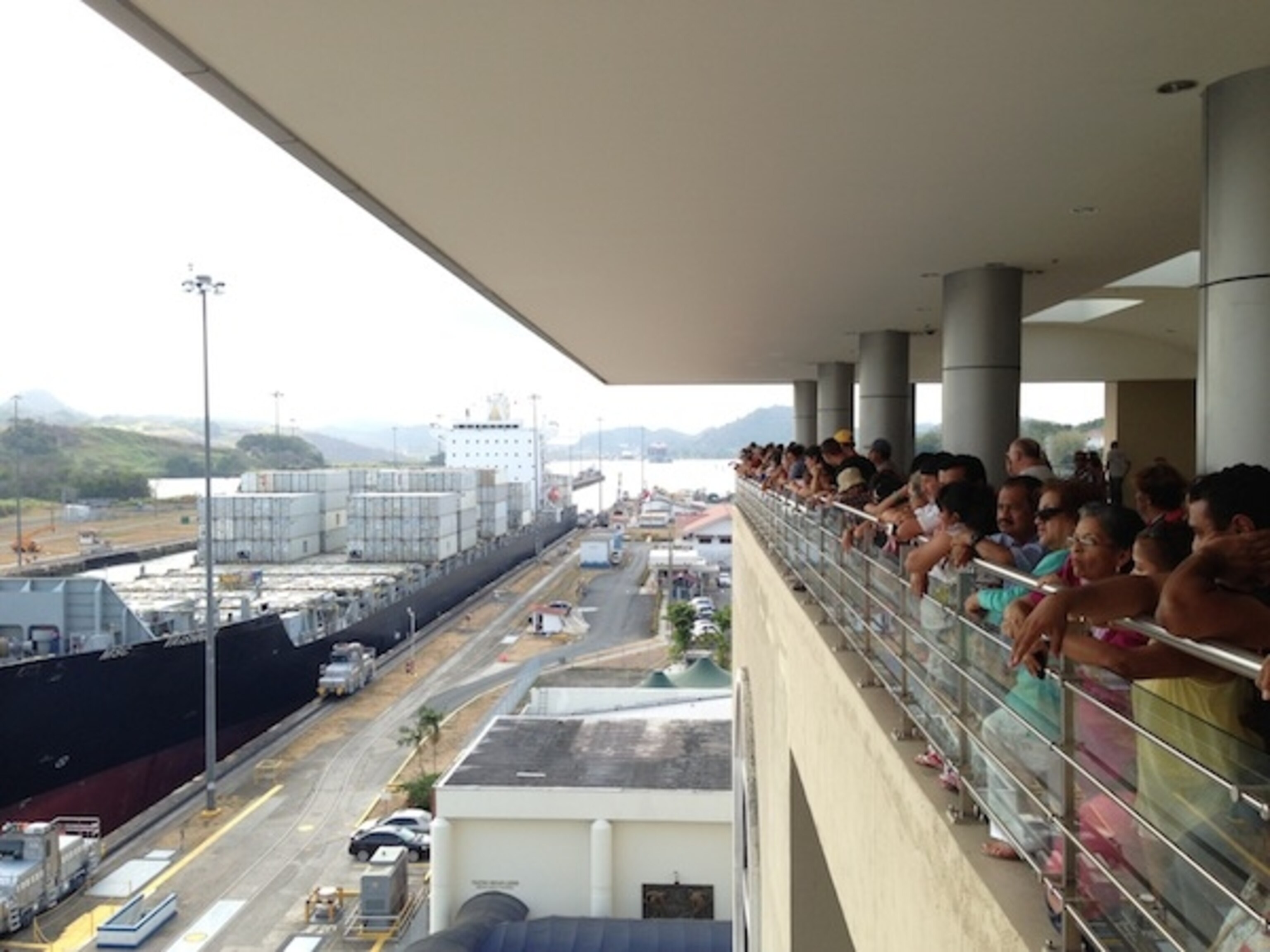
Built in 1914, the Canal turns a hundred this year—a birthday that Panama’s government hopes will turn into marketing gold. It’s story might be boiled down like this: Since the Teddy Roosevelt Administration, the canal has helped connect the world. Since the Carter Administration, it’s helped Panama raise its international respect and standard of living. And since the end of the Clinton Administration, it’s turned into a cash cow for the Central American country that this year will add a third set of locks to the existing two in order to accommodate bigger ships and higher tolls.
The fact that a canal exists in Panama is itself a marvel, with or without the engineering. Panama’s isthmus is the shortest route between two oceans. But it wasn’t the first choice.
In his book The Path Between the Seas, historian extraordinaire David McCullough details the travails and hardship to make a canal possible. After several efforts to dig a canal in Panama were stymied by yellow fever, malaria, and the deaths of 20,000 international workers, the U.S. took over the challenge. Wanting to start fresh in 1902, the U.S. senate preferred a route through Nicaragua instead of Panama. But a French engineer named Philippe Bunau-Varilla lobbied the U.S. to stick with Panama on the grounds that Nicaragua was too close to a volcano and would present seismic risk.
A week before the vote, Bunau-Varilla caught a break. He received a letter from Nicaragua with an stamp that showed Nicaragua’s Momotombo volcano erupting. He visited every stamp dealer in Washington, D.C. and bought 90 copies of the stamp, one to send to each senator. The prophetic eruption spooked enough of them. The vote in favor of Panama over Nicaragua was a slim 42-32.
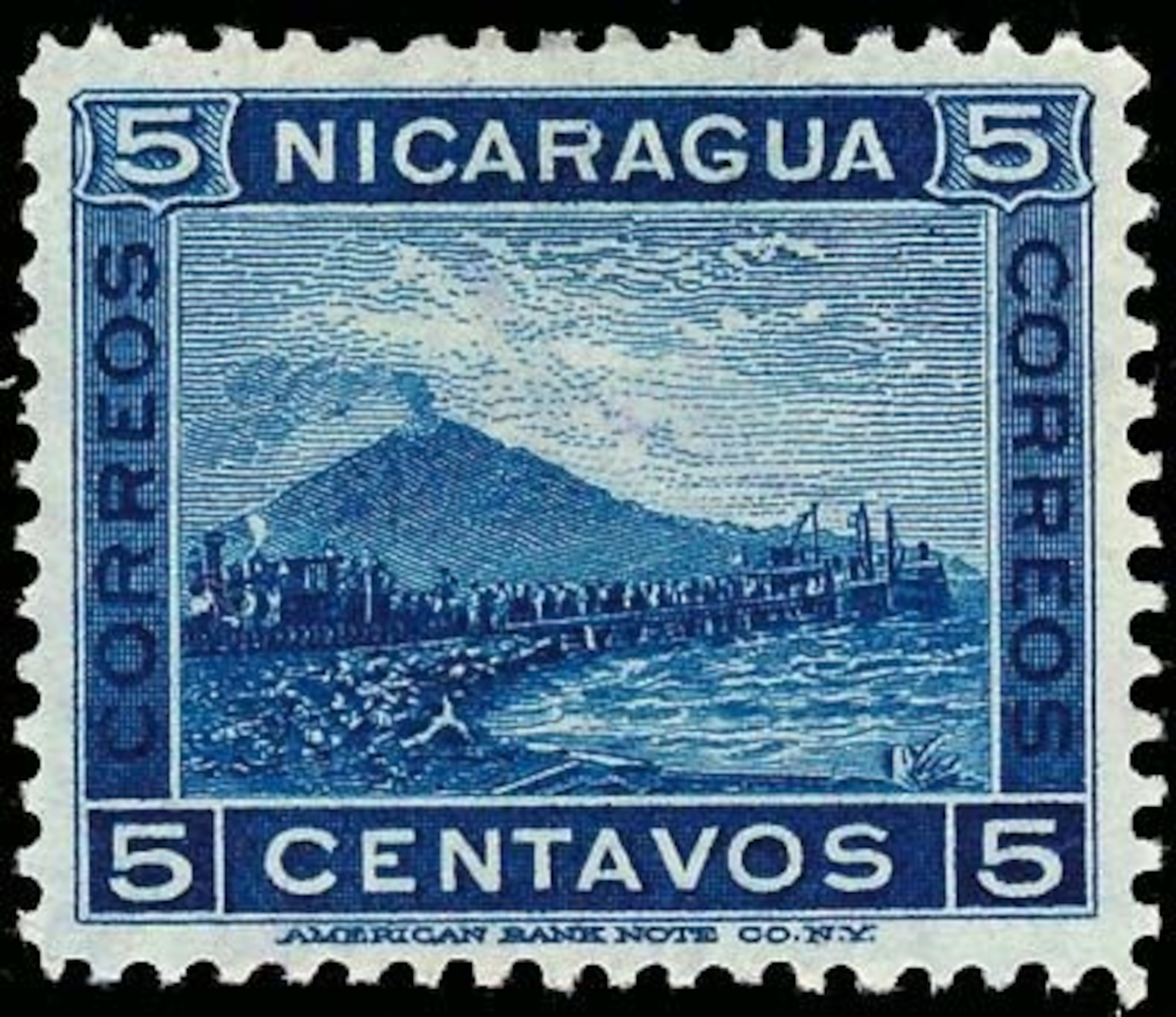
Today the canal connects east and west. But mostly it connects the U.S. to the rest of the world. Two thirds—66 percent—of traffic through the canal originates or ends in the United States. After America, the biggest customer is China, followed by Chile and Japan. The ships are largely vessels carrying shipping containers of consumer goods to and from China. But an increasing share is so-called “cold cargo” which is food with a limited shelf life. As Panama adds a third lane the shipments will become faster and bigger, increasing food trade for an increasing global appetite.
Such a monopoly always invites competition. For more than a century, Nicaragua hasn’t forgotten the canal it almost had. Last year, Nicaragua’s government approved a proposal from a Chinese company to explore a new and improved canal with an oil pipeline, a railway, and an airport. In an arrangement similar to Panama’s, Nicaragua would start with 10 percent equity, and gain more each year until it was the sole owner a century from now. With a proposed price tag of $40 billion and the toll of environmental damage necessary to dredge a 170-mile isthmus, it’s anybody’s guess whether it’ll actually come to pass. Nicaragua, however, won’t let go of the dream.
